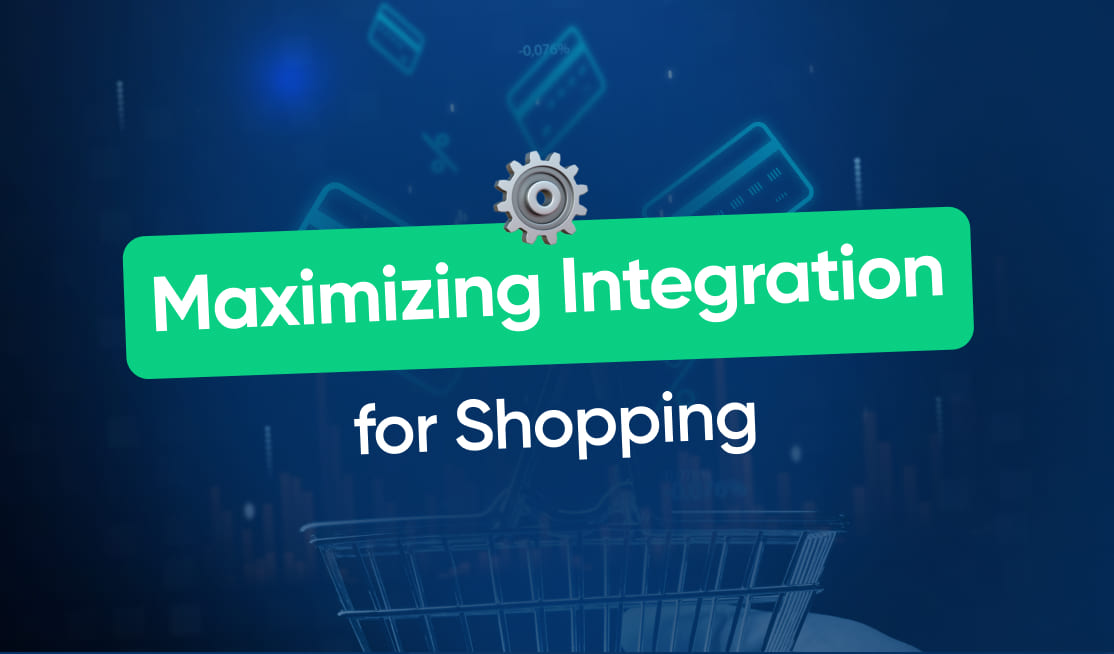
Understanding Payment Gateways and Shopping Carts
What is a Payment Gateway?
A payment gateway acts as a bridge between online businesses and the financial institutions that process transactions. It securely transfers customers’ payment information between the merchant’s website and the payment processor. Essentially, it authorizes the transaction and ensures that the funds are transferred to the merchant’s account.
When a customer makes a purchase on an online store, the payment gateway encrypts their payment details, such as credit card information, to protect it from unauthorized access. It then sends this encrypted data to the payment processor, which decrypts it and verifies the transaction with the customer’s issuing bank. Once the transaction is approved, the payment gateway sends a confirmation message back to the merchant’s website, allowing the customer to complete the purchase.
Payment gateways play a crucial role in online transactions by providing a secure and efficient way for businesses to accept payments. They support various payment methods, including credit cards, debit cards, and digital wallets, ensuring that customers have flexibility in choosing their preferred payment option.
The Role of Shopping Carts in E-commerce
Shopping carts, on the other hand, are virtual containers that hold the selected items throughout the online purchasing process. They enable users to add, remove, and modify products before proceeding to checkout. When integrated with payment gateways, shopping carts allow for a smooth transition from browsing to payment, enhancing the overall user experience.
Imagine you are shopping online for a new pair of shoes. You browse through various options, comparing prices, styles, and sizes. As you find the perfect pair, you simply click the “Add to Cart” button, and the item is added to your virtual shopping cart. The shopping cart keeps track of all the items you have selected, allowing you to continue exploring the website without losing your choices.
Once you have finished shopping and are ready to make a purchase, you proceed to the checkout page. Here, the shopping cart seamlessly integrates with the payment gateway. It transfers the necessary information, such as the total amount, shipping address, and selected payment method, to the payment gateway for processing.
During the checkout process, the shopping cart also provides additional features to enhance the user experience. It may offer options for applying discount codes, selecting shipping preferences, or adding gift wrapping services. These features not only make the online shopping experience more convenient but also provide opportunities for businesses to upsell or cross-sell their products.
Once the payment gateway completes the transaction, the shopping cart updates the order status, sends confirmation emails to the customer and the merchant, and may even generate an invoice. It ensures that the customer’s purchase is recorded accurately and that the merchant can fulfill the order promptly.
In conclusion, payment gateways and shopping carts are integral components of e-commerce websites. While payment gateways handle the secure transfer of payment information and authorization of transactions, shopping carts facilitate the selection and organization of products during the online shopping journey. Together, they create a seamless and secure environment for customers to make purchases and for businesses to receive payments.
The Importance of Integration
Streamlining the Online Shopping Experience
Integration between payment gateways and shopping carts greatly simplifies the online shopping experience for customers. It allows them to securely enter their payment information and complete their purchase in a few simple steps. By eliminating the need to redirect to external payment pages, integration minimizes friction in the buying process, leading to higher conversion rates.
Imagine a scenario where you find the perfect item online, add it to your cart, and proceed to checkout. Without integration between the payment gateway and the shopping cart, you would be redirected to a separate payment page. This interruption in the flow of the transaction can be frustrating and may even discourage you from completing the purchase. However, with integration, you can seamlessly enter your payment details within the familiar environment of the shopping cart, ensuring a smooth and hassle-free experience.
Enhancing Security Measures
Integration also plays a crucial role in ensuring the security of customer data. By utilizing secure transmission methods and encryption protocols, payment gateways protect sensitive information from unauthorized access or fraud. Integrated shopping carts further enhance security by automatically updating and adapting to the latest security standards, providing peace of mind for both the merchant and the customer.
When it comes to online transactions, security is of paramount importance. Payment gateways employ advanced encryption techniques to safeguard your personal and financial information. These gateways act as a secure bridge between the customer, the merchant, and the financial institution, ensuring that sensitive data is transmitted securely and remains confidential. Integration between the payment gateway and the shopping cart allows for seamless communication, ensuring that your information is protected throughout the entire transaction process.
Moreover, integrated shopping carts are designed to stay up-to-date with the latest security standards. As technology evolves and new threats emerge, these carts automatically adapt to the changing landscape, implementing necessary security measures to keep your data safe. This proactive approach to security not only protects customers but also instills trust in the merchant, fostering a positive and secure online shopping experience.
Steps to Integrate Payment Gateways with Shopping Carts
Choosing the Right Payment Gateway
Before integration, it is essential to select a payment gateway that aligns with your business requirements. Consider factors such as transaction fees, supported currencies, and compatibility with your chosen shopping cart platform. Look for a solution that offers a user-friendly interface, robust security features, and reliable customer support.
When choosing a payment gateway, it’s important to assess the level of customization it offers. Some payment gateways provide a wide range of customization options, allowing you to tailor the payment process to your specific needs. This can include customizing the look and feel of the payment page to match your website’s branding, adding custom fields to collect additional customer information, and setting up recurring billing options for subscription-based businesses.
Furthermore, you should also consider the payment methods supported by the gateway. Different customers prefer different payment options, so it’s crucial to choose a gateway that supports a variety of payment methods, such as credit cards, debit cards, digital wallets, and even alternative payment methods like cryptocurrencies. By offering a diverse range of payment options, you can cater to a wider customer base and enhance their shopping experience.
Configuring Your Shopping Cart for Integration
Once you’ve chosen the payment gateway, the next step is to configure your shopping cart to integrate seamlessly with it. This involves entering the necessary credentials provided by the payment gateway provider, enabling specific payment methods, and customizing the checkout process to provide a consistent branding experience for your customers.
During the configuration process, it’s important to test the integration thoroughly to ensure that all payment methods are working correctly. This includes making test transactions using different payment methods and verifying that the payment gateway is properly communicating with your shopping cart platform. By conducting comprehensive testing, you can identify and resolve any issues before going live, ensuring a smooth and error-free payment experience for your customers.
Additionally, it’s worth considering the security measures implemented by your chosen payment gateway. Look for features such as tokenization, which replaces sensitive customer data with unique tokens, reducing the risk of data breaches. Also, ensure that the gateway complies with industry-standard security protocols, such as PCI DSS (Payment Card Industry Data Security Standard), to safeguard your customers’ payment information.
Furthermore, take advantage of any customization options provided by your shopping cart platform. This can include adding custom fields to collect additional customer information during the checkout process, implementing discount codes or promotional offers, and enabling features such as abandoned cart recovery to increase sales and customer engagement.
Common Challenges in Integration
Navigating Different Payment Gateway Interfaces
Each payment gateway has its own unique interface and API documentation, which can make integration complex and time-consuming. Merchants must familiarize themselves with the gateway’s integration requirements and understand how to communicate effectively with the API. Additionally, staying up-to-date with version updates and changes to the integration process is vital to ensure optimal functionality.
Dealing with Integration Errors
Integration can sometimes be prone to errors, such as misconfigured settings or incompatible software versions. Thorough testing and troubleshooting are crucial to identify and resolve any potential issues. It is advisable to monitor transaction logs and error messages to catch and fix integration errors promptly, minimizing any disruptions to the checkout process.
Maintaining and Updating Your Integration
Regular System Checks and Updates
Once integration is complete, ongoing maintenance is necessary to ensure the smooth operation of your payment gateway and shopping cart compatibility. Regularly check for updates to both your shopping cart platform and the payment gateway software. Keeping everything up to date will help optimize performance, address security vulnerabilities, and maintain a seamless experience for your customers.
Ensuring Continuous Security Compliance
As the e-commerce landscape evolves, so do security requirements and industry standards. It is crucial to follow best practices and regularly assess the security of your payment gateway integration. Stay informed about the latest security trends and comply with relevant regulations, such as the Payment Card Industry Data Security Standard (PCI DSS), to safeguard the sensitive data of your customers and protect your business’s reputation.
In conclusion, integrating payment gateways with shopping carts is a complex yet essential task for any online business. Understanding the concepts, following the proper steps, addressing common challenges, and maintaining the integration are crucial for ensuring a streamlined and secure checkout process. By allowing customers to complete their purchases seamlessly, businesses can enhance user satisfaction and increase their chances of success in the competitive world of e-commerce.


